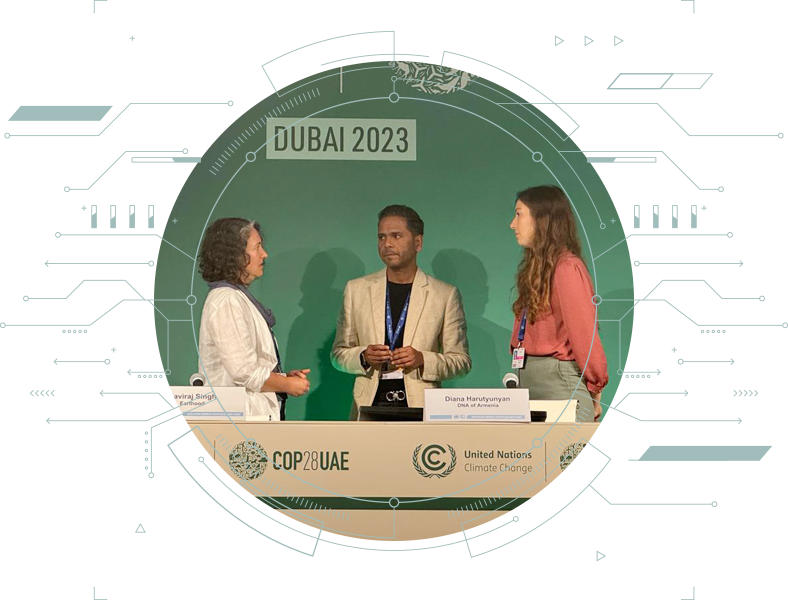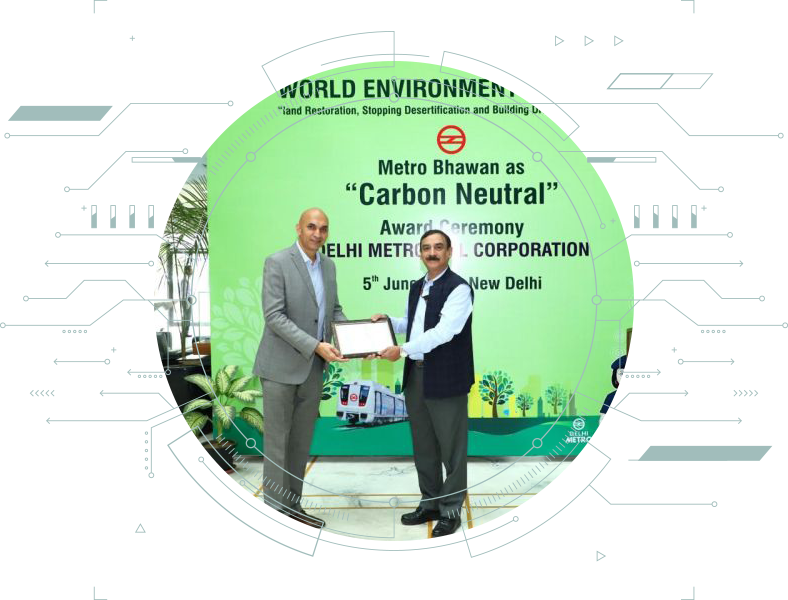
What Are Carbon Credits and How Do They Work?
Carbon credits are the building blocks of a global effort to reduce greenhouse gases — each credit represents a one-tonne reduction in carbon dioxide emissions. They are the currency in the world’s fight against climate change, providing a tangible value to the intangible effort of cutting emissions.
The Mechanics of Carbon Credits
Carbon credits originate from an array of activities that reduce, avoid, or capture emissions. From renewable energy projects to reforestation efforts, each credit is a badge of environmental contribution. These credits can then be traded on various platforms, allowing companies that exceed their emissions cap to purchase the right to emit more, while rewarding low-emitting companies.
The Role of Carbon Credits
The primary role of carbon credits is to incentivize the reduction of CO2 emissions where it's most cost-effective. By putting a price on carbon, we can steer the economy towards a greener path. Think of it as a reward system; the less you emit, the more you earn, promoting a win-win for businesses and the environment alike.
Carbon Credits in Action
Imagine a factory that reduces its emissions by updating to more efficient machinery. The reduction achieved translates into a specific number of carbon credits, which the factory can then sell. On the other side, a business that's struggling to reduce its emissions can buy these credits to offset its own emissions, essentially paying for cleaner practices elsewhere.
Earthood:
Your Guide in the Carbon Market
At Earthood, we demystify carbon credits for you, making them accessible and actionable for your business.
Whether you want to offset your carbon footprint or generate credits through innovative green initiatives, we provide the support and expertise you need at every stage. Join us in the transformative journey toward sustainability- where every credit can make a difference. With Earthood, you will not only balance your business impact but also contribute to a healthier planet.

Types of
Carbon Credits
Carbon credits come in many shapes and sizes, each tailored to address the unique needs and goals of various environmental initiatives. Understanding these types is essential for engaging effectively in the carbon market.
What Is the Value of 1 Carbon Credit?
Understanding the value of a carbon credit is fundamental to grasping its impact. Each credit represents a metric tonne of CO2 or an equivalent gas that has been prevented from entering the atmosphere. But its worth extends beyond the physical—it's a symbol of commitment to a healthier planet and often translates into financial value in the carbon market.


Market Dynamics Influencing Value
The price of a carbon credit is not fixed; it fluctuates based on market supply and demand, project type, and geographic location. Regulatory changes, technological advancements, and even public sentiment can influence their cost. Engaging in the carbon credit market requires an awareness of these dynamics to maximize both environmental and economic benefits.
Investing in a Greener Future
When you purchase a carbon credit, you're investing in projects that reduce emissions worldwide. It's a proactive step towards achieving corporate sustainability targets, demonstrating to stakeholders that you are part of the global solution to climate change.



Launch Your Carbon Audit with Earthood and earn carbon credit
Your First Step Towards a Greener Future
Carbon Credits at Work:
Minimizing Pollution and Green Building
Carbon credits are not merely theoretical constructs; they're practical tools in combating pollution. By investing in carbon-reducing projects, companies can earn credits, incentivizing cleaner production methods and contributing to a decrease in overall pollution levels.
Green Building - The New Frontier
The construction sector is embracing sustainability with open arms, and carbon credits are at the forefront of this revolution. Credits earned through green building practices can offset emissions, propelling the construction industry towards eco-friendly standards.
Building a Sustainable Legacy with Earthood
With Earthood, make your mark in the realm of green building. Our expertise helps integrate sustainable practices from the ground up, earning you carbon credits while you construct not just buildings, but a legacy of environmental responsibility.

Who Verifies Carbon Credits?
Due to the intricate nature of carbon markets, the role of verifiers serves as pivotal. These entities are responsible for ensuring every carbon credit reflects a measurable, true reduction in the emission of greenhouse gasses.
Accredited Verification Entities
Verifiers are essentially third-party organizations that are accredited by international standards or regulatory bodies in India. They allow credibility to the carbon market, ensuring participants can play by rules governing carbon emissions.
The Verification Process
The verification process includes a rigorous assessment of protocols, from scrutinizing project documentation to on-site inspections. Verifiers confirm projects to achieve real, additional emissions reductions, causing necessary checks underpinning market confidence.
Earthood's Assurance of Verified Excellence
At Earthood, we partner with verifiers who meet our ultimate standards of integrity and excellence. Our collaboration with these entities makes the carbon credits you trade, buy, or retire, to be beyond reproach, securing environmental initiatives' impact and credibility.
Earning and Utilizing Carbon Credits
Carbon credits are a flexible instrument for businesses to reduce their carbon footprint but also participate in significant environmental initiatives. Whether you are looking to ensure compliance with environmental regulations, reach sustainable goals, or improve your corporate image, carbon credits provide a tangible way to prove that you care about the environment, and the planet as a whole.

Earning Carbon Credits
Innovative projects that help reduce greenhouse gas emissions can result in carbon credits. This could include switching to renewable power sources, increasing energy efficiency, and engaging in reforestation projects. For companies, this presents an opportunity to convert sustainable efforts into lucrative assets.
Utilizing Carbon Credits Effectively
After acquiring carbon credits, they can be used in many ways-
- Offsetting Emissions : Pay for the emissions you cannot avoid by selling carbon credits and effectively reducing your environmental impact
- Offsetting Emissions : Pay for the emissions you cannot avoid by selling carbon credits and effectively reducing your environmental impact
- Trading : Join carbon markets to trade surplus credits or purchase more credits to meet your offsetting requirements.
- Intensifying Sustainability Claims : Carbon credits can be used to substantiate your sustainability claims, increasing the reputation of your brand and enhancing its appeal to eco-conscious partners and consumers
Why Choose Earthood for your Carbon Credit
Opting for Earthood as your Carbon Credit partner brings distinct advantages.
Meet the Earthood Carbon Auditing Professionals
At the heart of every impactful carbon audit is a team of dedicated professionals. Earthood takes pride in our cadre of seasoned experts, each bringing a wealth of knowledge, precision, and passion to the forefront of your sustainability efforts.
Clients
FAQ
- Voluntary Carbon Credits: Purchased by individuals or companies on a voluntary basis to offset emissions.
- Compliance Carbon Credits: Generated under-regulated cap-and-trade systems to meet government-imposed emissions reduction targets.










































































